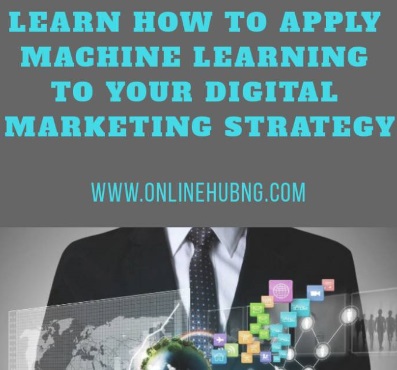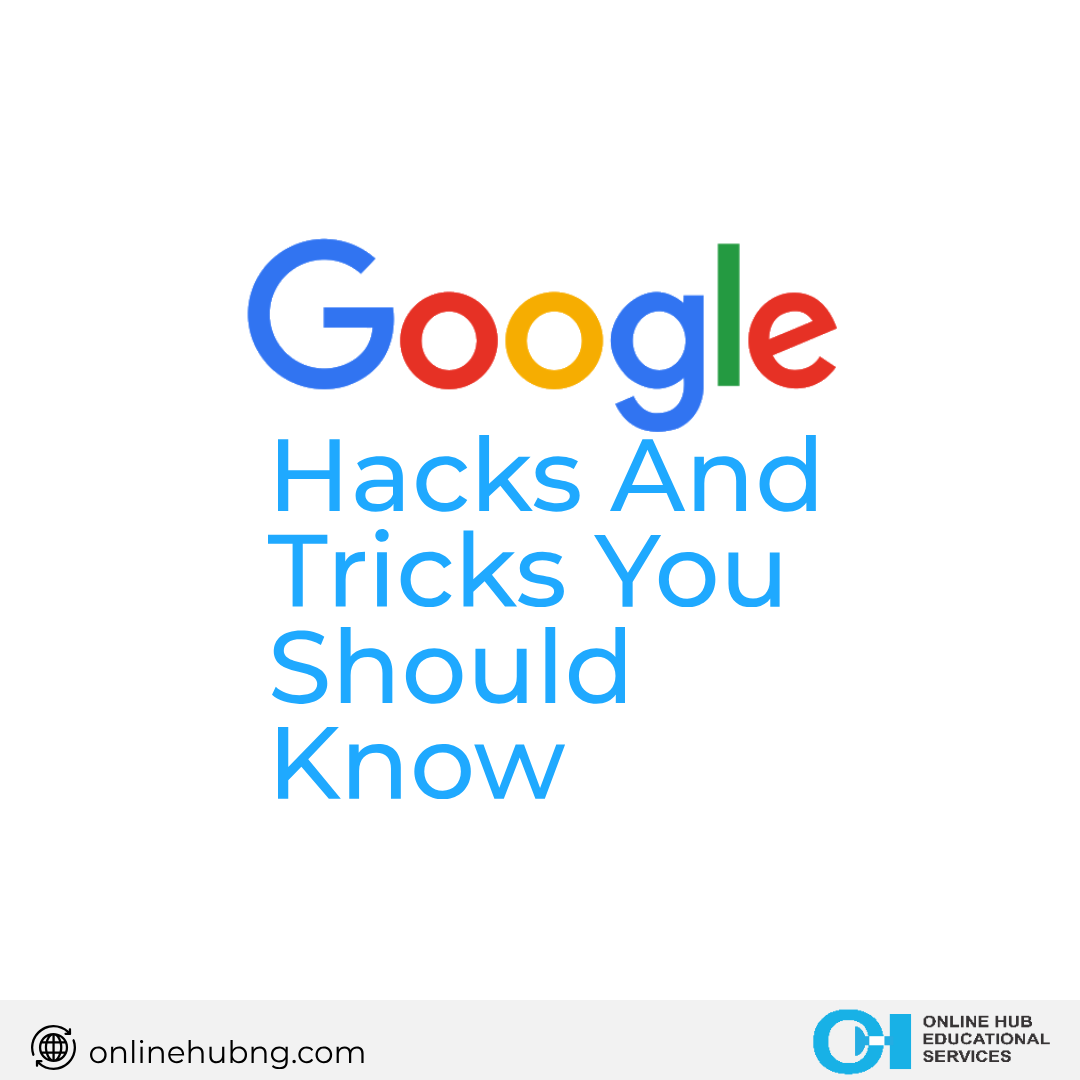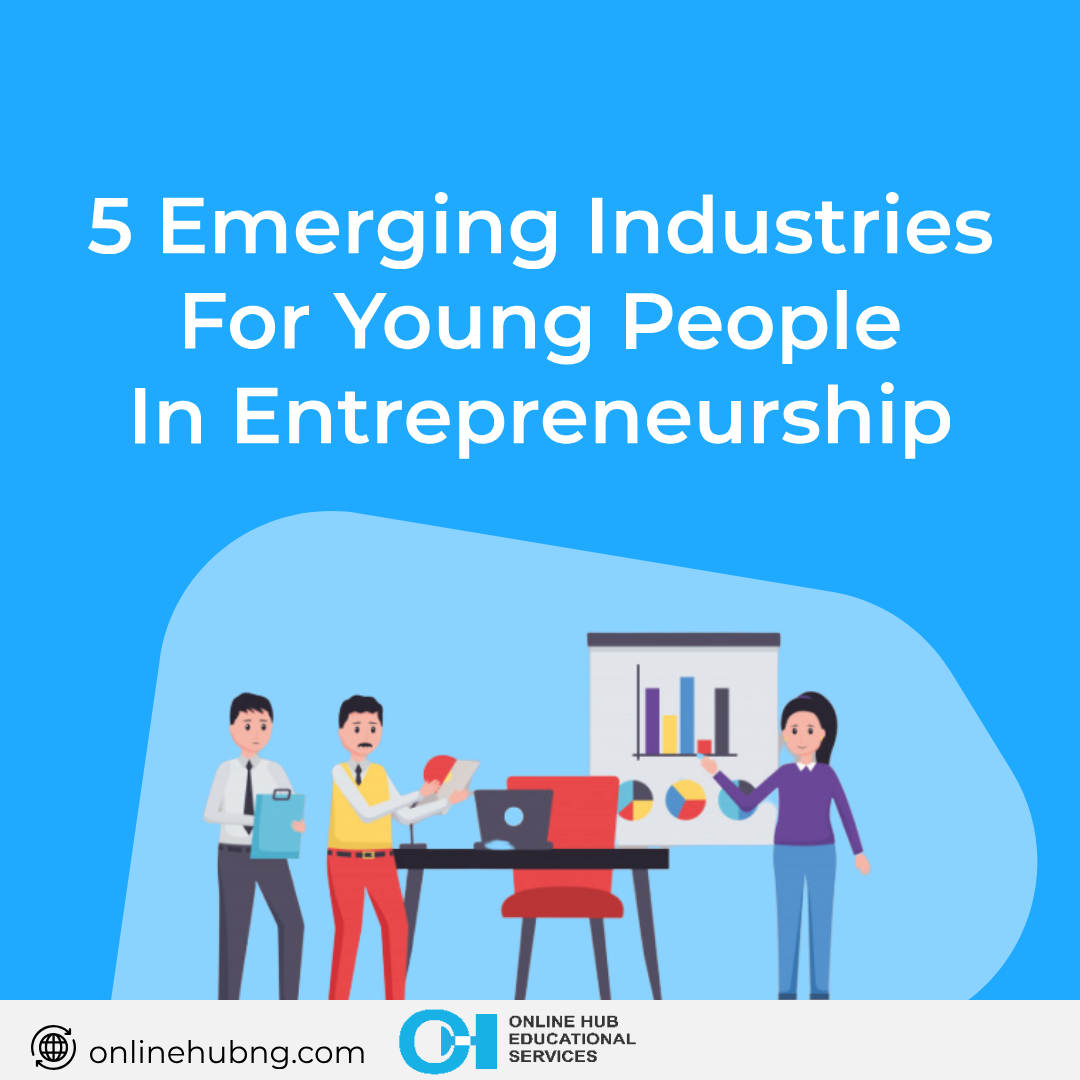If you have hundreds of hours, a very powerful laptop and a lot of coffee, you may be able to analyze all this data manually (though even then, I doubt you could optimize your bid for every auction). Or you could use Google Adwords Smart Bidding, an implementation of machine learning which makes it possible for Google to set the right bid at auction-time in real-time using all these data points and more.
Along with the rise of Big Data, Machine Learning is perhaps the most revolutionary technology to change the landscape of digital marketing. Machine Learning leverages extremely large data sets (big data) marketers are now able to capture, learns from this data and creates actionable data points and insights that can be leveraged by marketers to create entirely new levels of understanding of your customers, personalization and optimization opportunities to exponentially increase the effectiveness of marketing campaigns.
What is Machine Learning?
Let us start by establishing a basic understanding of machine learning. We have all heard the terms artificial intelligence, machine learning, and deep learning – which are sometimes used interchangeably. According to Wikipedia, Artificial Intelligence (AI) is the intelligence exhibited by machines or software. AI is an area of computer science that emphasizes the creation of intelligent machines that work and react like humans.
Machine Learning (ML), on the other hand, is a subset of Artificial Intelligence. In other words, ML is a type of AI where computers or software learns to do something without being programmed to do it.
For example, I could program a computer to recognize a set of specific pictures of me and say, “Hi Jerelle!” However, if I want the computer to recognize both this current set of pictures and future pictures of me, I could train the program by showing it pictures of me and many other people, the program would eventually learn the pictures that represent “Jerelle.” The program does this by learning the combination of distinctive features associated with “Jerelle” and makes me visually different from other people. ML uses features and statistical methods to teach and enable machines to make and improve experiences, predictions, and behaviors based on data inputs. Data inputs can include a survey a customer complete, their site activity, products in their shopping cart, their purchase history and much more.
Deep Learning (DL) is a subset of machine learning just as football is a subset of sports. Deep Learning performs the machine learning process using an artificial neural network (ANN) that is composed of a number of levels arranged in a hierarchy.
What is an artificial neural network you ask? ANN are brain-inspired systems that are intended to replicate the way humans learn. They consist of input and output layers that find patterns that are too complex for a human to extract and teach the machine to recognize. For example, using a supervised learning method, you might teach a machine to recognize birds by providing sample animal pictures, labeling them bird or no bird and the network will extract characters via the levels of the network and create its own set of characteristics that correctly identify a bird.
Leveraging Machine Learning in your Digital Marketing Strategy
Every customer interaction leaves a digital footprint that can be leveraged to develop a deeper understanding of the customer’s intent, motivations, behaviors and predict future interactions. ML enables organizations to leverage large datasets to develop customer insights, incorporate external data sources such as competitive insights and weather data, analyze shopping histories, interpret and categorize behaviors and create actionable insights and customer specific personalization.
Have you ever mysteriously received a “thank you for being a valued subscriber” call from your phone or cable company along with a ‘courtesy’ discount on next month’s bill? This is one of the various actions T-Mobile has made possible by using machine learning to minimize customer churn by identifying potential high-risk customers, surfacing information about the customer such as lifetime value, probability of churn, and appropriate actions to take, then using this information to optimize the selection of a retention offer. Additionally, T-Mobile uses billing analysis, drop call analysis and sentiment analysis to create a single view of the customers, which is accessible by customer service agents and can be used to make customer-specific offers.
ML can be used in content marketing campaigns to produce more relevant content specific to the individual based on historical data. This increases engagement and ability drive a response from the customer.
ML is used in search and display campaigns to help identify the metrics that represent the highest propensity to predict the desired behavior and identify the similarities between your customers with the highest LTV. ML is also used to identify the sequence and type of media interaction paths most likely to result in a conversion event, inform your programmatic media platform that then optimizes bidding to enable this sequence to your potential customers.
ML can be used in email to examine consumer behavior to determine the optimal time to send an email to a specific individual, what creative to include, what offer will generate the best response, which landing page should be presented on the site and if it’s necessary to present a coupon code to the end-user to increase the likelihood to convert.
ML enables digital experience personalization based on the collection of customer-specific information as well as a broad collection of activities of other users. For example, Amazon’s recommendation engine uses past purchase history and history of customers with similar features as you to provide recommendation engines. Amazon even uses ML to optimize the warehousing location of products based on predicted purchases to expedite shipping. Continuous collection of real-time data enables ML to produce hyper-personalized display ads based on behavioral data and customer needs.
This ability to leverage real-time streaming data to power in-the-moment personalization and predictive capabilities enable by ML allows the continuous feedback loop between customer intent, interaction and action that driving efficiencies in digital media and increased return on investment for advertisers.
How do you Know if Machine Learning is working?
One of the most important questions we should always ask when evaluating or implementing any new technology is it worth it or how do we know it’s working? If ML is working, the results will be visible in your business bottom line.
You should see greater customer retention. ML should enable you to more quickly and accurately identify customers who will churn and proactive engage those customers to mitigate the risk. With enough data, ML may even predict the type of offer most likely to re-engage the customer.
Upselling is much more effective using ML and your business will see increased upsell revenues. Leveraging data correlation, reviews, product popularity, customer behavior features, etc., ML can present personalized and relevant upsell opportunities with higher response rates.
Techniques such as utilizing ML enabled chatbots to enhance the customer experience; site search to increase product discoverability; predictive notifications to increase psychological urgency of completing the purchase (ever booked a hotel because hotels.com told you there were only 2 rooms left!); dynamic text on the page that is relevant to the customer all have the effect of increasing site conversion rate.
With the evolving capabilities of IBM Watson and the proliferation of machine learning enabled platforms such as Azure Machine Learning, TensorFlow, and Amazon Machine Learning, etc., access to the power of Machine Learning will become available to more marketers and the integral role that ML plays in the effectiveness and efficiency of digital marketing will continue to increase. Every interaction is a potential machine learning data point and successful marketers and agencies will build the capabilities and hire the resources and partners to help them maximize this opportunity.
Machine Learning provides us all with the opportunity to develop more intimate and valuable relationship with our customers and a richer, more engaging experience with brands.
Originally published by: Jerelle Gainey at customerthink.com
This column does not necessarily reflect the opinion of the editorial board or OnlineHubNG.com and its owners.





